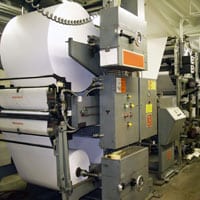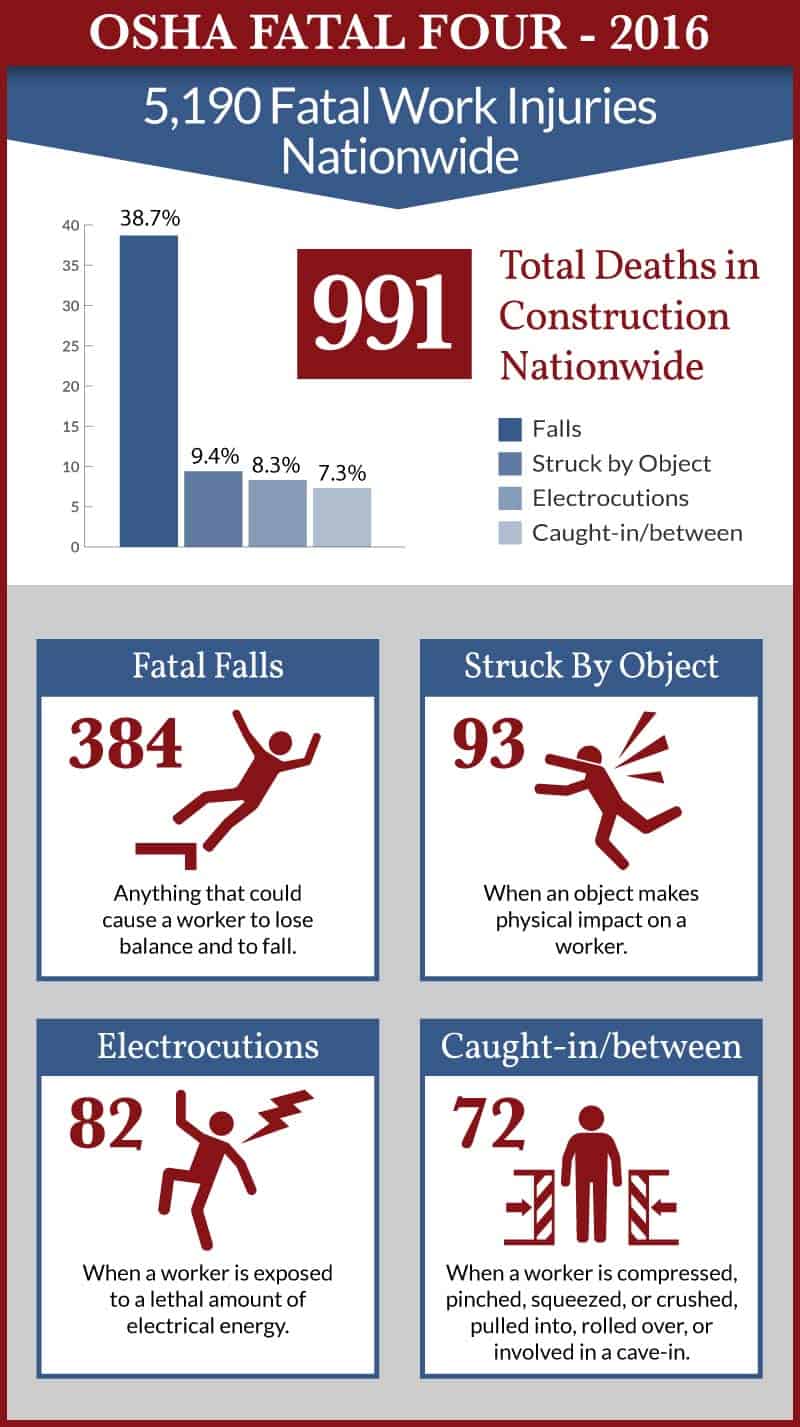Lockout/Tagout and Worker Safety
 Machine operators and maintenance technicians face job hazards that can cause catastrophic injuries and even death. Protective safety equipment and operating procedures help keep workers safe while engaged with heavy industrial and manufacturing equipment, but workers involved with the maintenance and servicing of this type of machinery need to be protected as well.
Machine operators and maintenance technicians face job hazards that can cause catastrophic injuries and even death. Protective safety equipment and operating procedures help keep workers safe while engaged with heavy industrial and manufacturing equipment, but workers involved with the maintenance and servicing of this type of machinery need to be protected as well.
Lockout and tagout safety initiatives are designed to prevent accidents from happening when machinery is not in use or is being actively serviced. Electricity, natural gas, steam, pressurized water, and compressed air that power equipment can cause the machinery to become a dangerous hazard to an unsuspecting worker. Proper training and detailed lockout/tagout safety procedures protect workers from catastrophic injury and death.
OSHA Mandates on Lockout/Tagout
The Occupational Safety and Health Administration (OSHA) has developed regulations that mandate explicit lockout and tagout procedures on heavy equipment. This means that workers must go through a specified safety checklist and operational procedure to ensure that all power is disconnected to machinery and that they have properly disengaged mechanisms that can empower the machinery or release stored energy in the machinery before work is performed.
Workers who are required to perform duties on or in close range to industrial machinery can suffer burns, amputations, cuts, lacerations, organ damage, broken bones, and head injuries when this equipment suddenly and unexpectedly begins operating. Proper training on tagout and lockout procedures is required before workers are permitted to work on this type of machinery. Written lockout and tagout procedures must be located on or in close proximity to the equipment for workers to reference when necessary.
Lockout/Tagout Procedures
An effective and safe plan that is in compliance with OSHA mandates will include:
- A written detailed procedure for identifying the location of machinery and instructions for properly shutting off and restarting equipment.
- All employees should receive notification of anticipated servicing and availability of equipment. Those affected by the lockout or tagout should be aware of alternate equipment that is available or revised schedules relating to the servicing of the machinery.
- Instructions for shutting down machinery and disengaging power sources should be clear and detailed. Diagrams of machine parts with explicit instructions are necessary for proper lockout and tagout.
- Give detailed instructions on how to properly turn off all energy sources for the machinery, including electricity, steam, water, gas, and compressed air.
- Identify all residual energy sources such as trapped heat, fumes, and tension in spring assemblies and the proper procedure for releasing these hazards before work is performed.
- Test to ensure that the lockout is successful. Workers should attempt to start the machinery to ensure it has been successfully disengaged. A notice of lockout/tagout should be placed directly on the equipment.
- Shift workers must be made aware of all lockouts and tagouts and know how to properly reverse the procedures for the machinery. All steps and procedures must be detailed and outlined in sequence to ensure the proper safety mandates are followed before restarting the equipment.
Philadelphia Workers’ Compensation Lawyers at Freedman & Lorry, P.C. Help Injured Workers Claim Compensation
If you have been injured on the job, you may be entitled to Workers’ Compensation. Call the Philadelphia Workers’ Compensation lawyers at Freedman & Lorry, P.C. at 888-999-1962, or contact us online to schedule a consultation today. Our offices are located in Philadelphia, Cherry Hill, New Jersey, and Pinehurst, North Carolina, where we serve clients throughout the surrounding areas.
